
Why Do Leafy Greens Chill So Well with Vacuum Cooling?
Ever marvel at how quickly a batch of freshly harvested lettuce or spinach can go from warm field heat to perfectly chilled and crisp? Leafy greens have some special characteristics that make them exceptionally well-suited to rapid cooling methods like vacuum cooling.
Leafy greens, such as lettuce, spinach, and bok choy, cool incredibly fast primarily due to their high surface area-to-volume ratio and significant moisture content. These features allow for rapid and widespread water evaporation under vacuum, leading to swift and uniform temperature reduction.
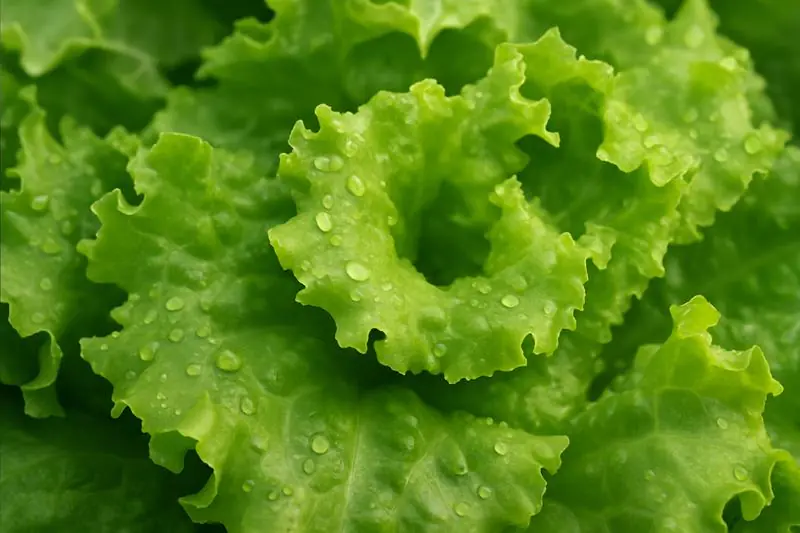
This rapid chilling is a game-changer for maintaining that "just picked" quality, extending shelf life, and meeting the demands of quality-conscious customers. Let’s dive into the specific traits of leafy greens that make them cool so effectively.
What Makes Leafy Green Structures Ideal for Rapid Cooling?
The very nature of how leafy greens grow – their delicate leaves, their overall structure – plays a massive role in how they respond to cooling, especially methods that rely on surface effects like vacuum cooling.
The expansive surface area provided by numerous individual leaves, coupled with relatively low density, means there’s a huge interface for heat and moisture exchange. This structure allows the low-pressure environment in a vacuum cooler to act on a vast amount of the product simultaneously.

I often explain this to farmers like Carlos, who might be considering vacuum cooling for various crops. When we talk about his lettuce or spinach, I emphasize how their physical makeup is a perfect match for the technology.
Here are the key structural advantages:
- High Surface Area-to-Volume Ratio1: This is the most significant factor. Think of a head of lettuce – it’s composed of many thin leaves. The total surface area of all these leaves is enormous compared to its overall volume or weight. In vacuum cooling, evaporation (and thus cooling) happens at the surface. More surface means more locations for rapid evaporation and heat loss. Compare this to a dense product like a potato, which has a much smaller surface area for its weight.
- Thin Tissues2: Individual leaves are thin. This means heat from the "core" of the leaf (its center) doesn’t have far to travel to reach the surface where evaporation occurs. The entire leaf cools down quickly and uniformly.
- Natural Spacing and Porosity3: Even in a relatively compact head of lettuce or a bunch of spinach, there are small spaces between the leaves. This allows the vacuum to penetrate effectively throughout the product, ensuring that even inner leaves are exposed to the low-pressure environment and can contribute to evaporative cooling.
- Delicate Cell Structure (Generally): While needing gentle handling, the cell structure of many leafy greens allows moisture to be released relatively easily under vacuum conditions.
Consider these differences:
| Feature | Leafy Greens (e.g., Lettuce) | Dense Product (e.g., Potato) | Impact on Vacuum Cooling |
|---|---|---|---|
| Surface Area / Volume | Very High | Low | Faster, more uniform evaporation |
| Tissue Thickness | Thin | Thick | Quicker core temperature drop |
| Internal Porosity | Moderate to High | Low | Better vacuum penetration |
| Typical Moisture Release | Easier | More difficult (bound water) | More efficient evaporative effect |
These inherent structural properties mean that when you place leafy greens in a vacuum chamber and reduce the pressure, the conditions for rapid cooling are met almost perfectly across the entire product.
How Does Moisture Content in Leafy Greens Boost Cooling Speed?
Beyond just their structure, the water content of leafy greens is another critical factor that makes them cool down so quickly, especially with vacuum cooling technology.
Leafy greens typically have very high water content, often 85-95%. Much of this moisture is readily available on leaf surfaces or just beneath, allowing for the rapid evaporation that drives the vacuum cooling process. This "free" water readily turns to vapor under low pressure, taking heat with it.
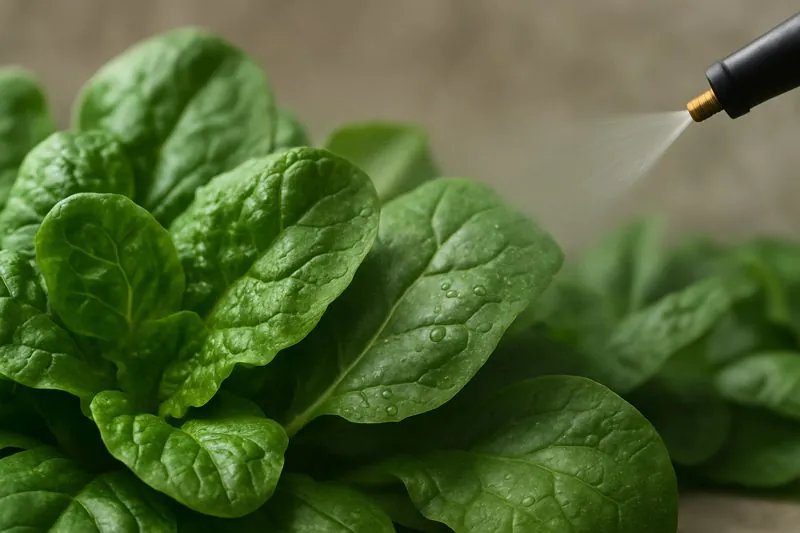
When I’m discussing cooling efficiency with clients like Sophia, who manages a central kitchen and needs rapid chilling for food safety and quality, the role of moisture is key. For vacuum cooling, water is the "fuel" for the cooling engine.
Here’s why high, accessible moisture is so beneficial for leafy greens:
- Fuel for Evaporation: As we know, vacuum cooling4 works by making water evaporate (boil) at low temperatures. The more readily available water there is, the more evaporation can occur, and thus the more heat can be removed from the vegetable.
- Source of Cooling: Each gram of water that evaporates takes a significant amount of heat energy (latent heat of vaporization5) directly from the vegetable. Leafy greens, with their abundant water, provide ample "material" for this heat transfer.
- Uniformity: Water is distributed throughout the leaves. This means cooling isn’t just happening on the very outer surface of a head of lettuce but also from the surfaces of inner leaves, contributing to more uniform temperature reduction.
- Minimized Dehydration for Significant Cooling: While vacuum cooling does involve some moisture loss6 (typically 1-3% of product weight), the high initial water content of leafy greens means they can afford this small loss without detrimental wilting, especially since the cooling is so fast. A 1% moisture loss can result in roughly a 6°C (11°F) drop in temperature. For a 20-25°C drop, only 3-4% moisture loss is needed.
Consider the typical water content:
| Leafy Green | Typical Water Content (%) | Implication for Vacuum Cooling |
|---|---|---|
| Iceberg Lettuce | ~95-96% | Excellent; ample water for rapid evaporative cooling. |
| Romaine Lettuce | ~94-95% | Excellent; similar to iceberg. |
| Spinach | ~91-93% | Very good; high moisture supports fast chilling. |
| Bok Choy / Pak Choi | ~94-95% | Excellent; leafy structure and high water content are ideal. |
| Kale | ~84-90% | Good, though slightly less than lettuce, still cools well. |
This high water content, combined with their large surface area, creates a perfect storm for extremely efficient vacuum cooling. Sometimes, for greens that might have dried slightly post-harvest, a very light misting of water before vacuum cooling (a practice sometimes called "hydro-vacuum cooling" in a broader sense) can even enhance the process by ensuring plenty of surface moisture.
What Does a Typical Cooling Curve for Leafy Greens Look Like?
Given these advantageous characteristics, what does the actual cooling process look like on a temperature graph for leafy greens like lettuce or spinach? It’s impressively fast.
The cooling curve for leafy greens in a vacuum cooler shows a very steep and rapid initial drop in temperature, often achieving the bulk of the cooling within the first 10-15 minutes. The temperature then quickly stabilizes at the target, typically between 0-4°C (32-39°F).

When demonstrating our allcold vacuum coolers, I always highlight this rapid pulldown for leafy greens. It’s one of the clearest demonstrations of the technology’s power. Buyers like Norman, who are sensitive to product quality, understand that minimizing the time produce spends at warm temperatures is key to extending shelf life.
Let’s break down a typical cooling cycle for, say, lettuce:
- Loading & Pressure Drop (0-5 minutes): Lettuce is loaded. The vacuum pumps start, and pressure drops rapidly7. Initially, the temperature drop might be slight.
- Rapid Evaporation Phase8 (5-15 minutes): As the pressure hits the "flash point" (where water boils at the lettuce’s current temperature), vigorous evaporation begins across all leaf surfaces. The product temperature plummets. This is the steepest part of the curve. You might see a temperature drop from 25°C (77°F) to 5°C (41°F) in this short window.
- Approaching Target Temperature (15-20/25 minutes): As the lettuce temperature gets close to the target (e.g., 2°C or 35°F), the rate of evaporation naturally slows down a bit because the vapor pressure of water at these colder temperatures is lower. The cooling curve becomes less steep.
- Holding & Equalization (End of Cycle): The cycle ends once the target temperature9 is reached consistently (often verified by product probes). The entire process for a batch of lettuce is typically 15-25 minutes.
Key characteristics of leafy green cooling curves:
- Speed: They are among the fastest cooling products in vacuum systems.
- Uniformity: Due to high surface area and thin tissues, the temperature difference between the surface and the "core" (center of a leaf) is minimal.
- Efficiency: A relatively small percentage of moisture loss achieves a significant temperature reduction.
This rapid and uniform cooling is vital for:
- Slowing Respiration: Leafy greens are living products and continue to respire (breathe) after harvest, consuming sugars and generating heat. Rapid cooling drastically slows this process.
- Reducing Microbial Growth: Lower temperatures inhibit the growth of bacteria and fungi that cause spoilage.
- Maintaining Crispness and Texture: Quick chilling helps retain turgidity and prevents wilting.
The unique cooling characteristics of leafy greens make them a star performer in vacuum cooling systems.
Conclusion
Leafy greens, with their high surface area, abundant moisture, and thin tissues, are perfectly suited for the rapid, evaporative cooling achieved in vacuum coolers. Their cooling curves demonstrate an exceptionally fast temperature drop, vital for preserving freshness and extending shelf life.
-
Understanding this concept is crucial for optimizing cooling processes in food preservation. Explore more to enhance your knowledge. ↩
-
Discover how the structure of leafy greens impacts their cooling efficiency, which is vital for food storage and quality. ↩
-
Learn about the significance of spacing and porosity in enhancing cooling effectiveness, essential for maintaining freshness. ↩
-
Exploring vacuum cooling can reveal innovative methods for preserving freshness in leafy greens and other produce. ↩
-
Understanding latent heat of vaporization is crucial for grasping how cooling processes work, especially in food preservation. ↩
-
Learning about moisture loss effects can help in optimizing storage and handling practices for leafy greens. ↩
-
Exploring this concept can enhance your knowledge of cooling efficiency and its impact on food preservation. ↩
-
Understanding this phase is crucial for optimizing cooling processes, ensuring quality preservation of produce like lettuce. ↩
-
Learning about target temperatures can help improve cooling strategies and maintain product quality during storage. ↩

Mila
You May Also Like
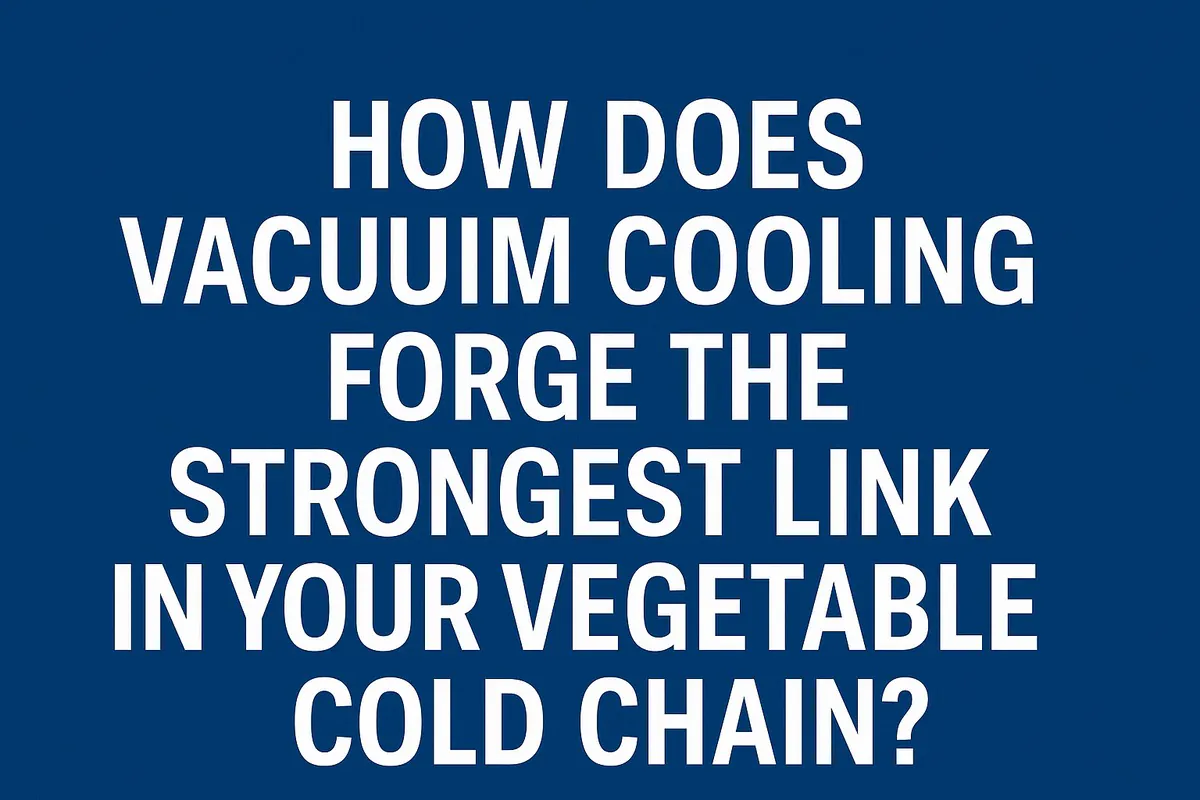
How Does Vacuum Cooling Forge the Strongest Link in Your Vegetable Cold Chain?
You work tirelessly to grow perfect, healthy vegetables. Yet, you know that from the moment of harvest, an invisible clock

Small-Scale vs. Large-Scale Vacuum Cooler: How Do You Choose the Right Fit?
You’re convinced that vacuum cooling is the key to elevating your product quality, but now you face a critical decision.

How Can You Master Vacuum Cooling for Leafy Greens to Maximize Quality and Profit?
You grow beautiful, vibrant leafy greens, but you know the invisible enemy is time. From the moment of harvest, the
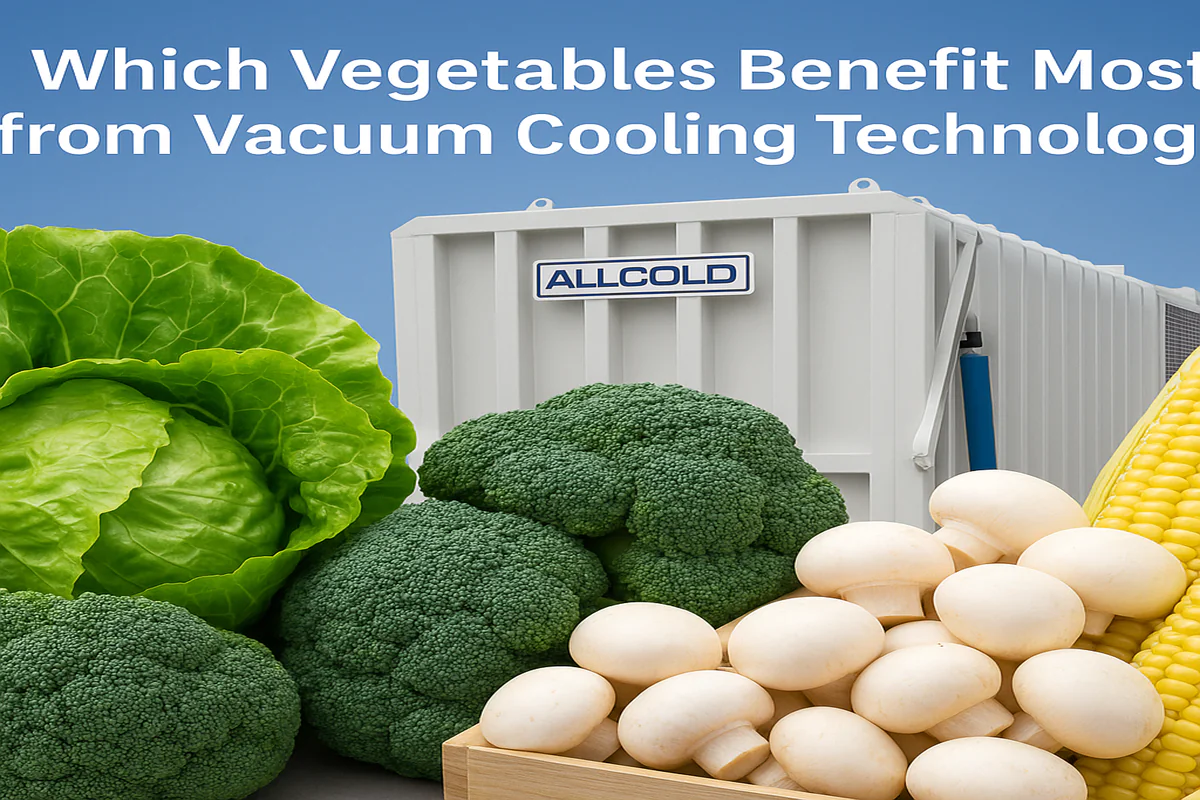
Which Vegetables Benefit Most from Vacuum Cooling Technology?
You see the promise of rapid cooling, extended shelf life, and superior quality, but you’re unsure if this technology is
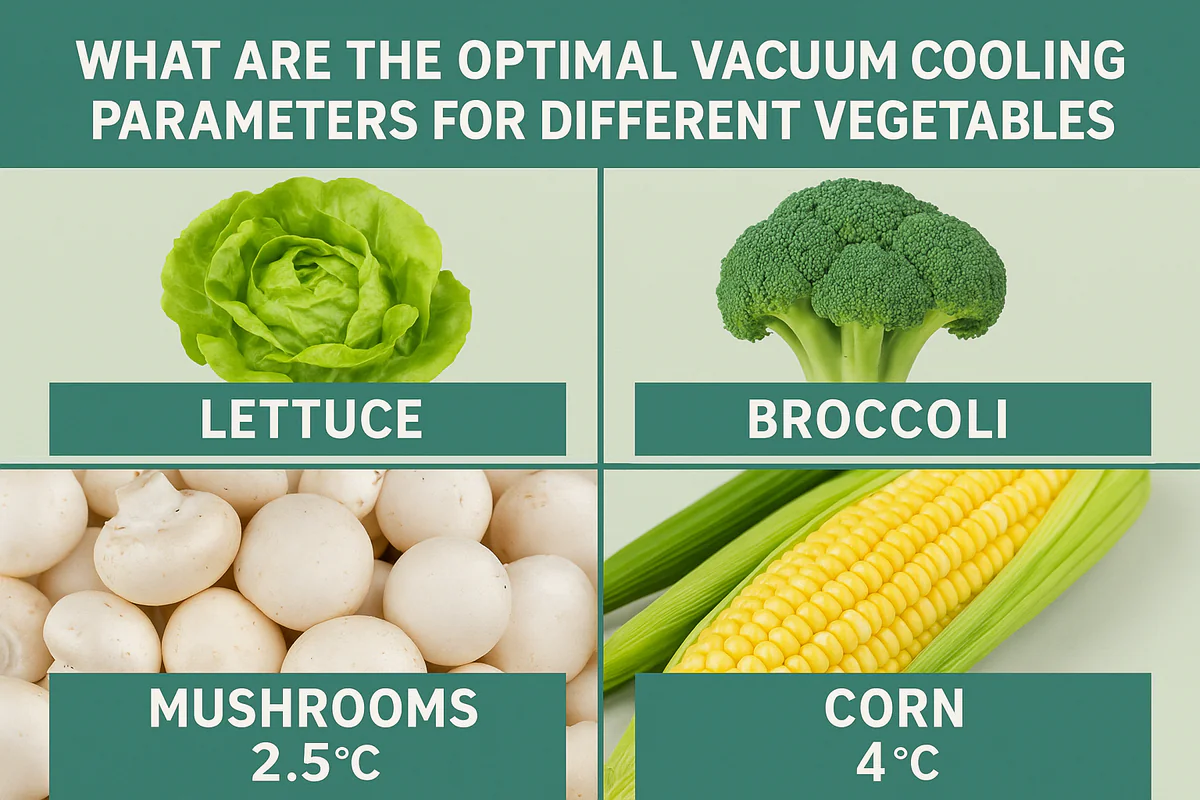
What Are the Optimal Vacuum Cooling Parameters for Different Vegetables?
You’ve harvested beautiful produce, from crisp lettuce to delicate mushrooms. But using a "one-size-fits-all" setting on your vacuum cooler feels
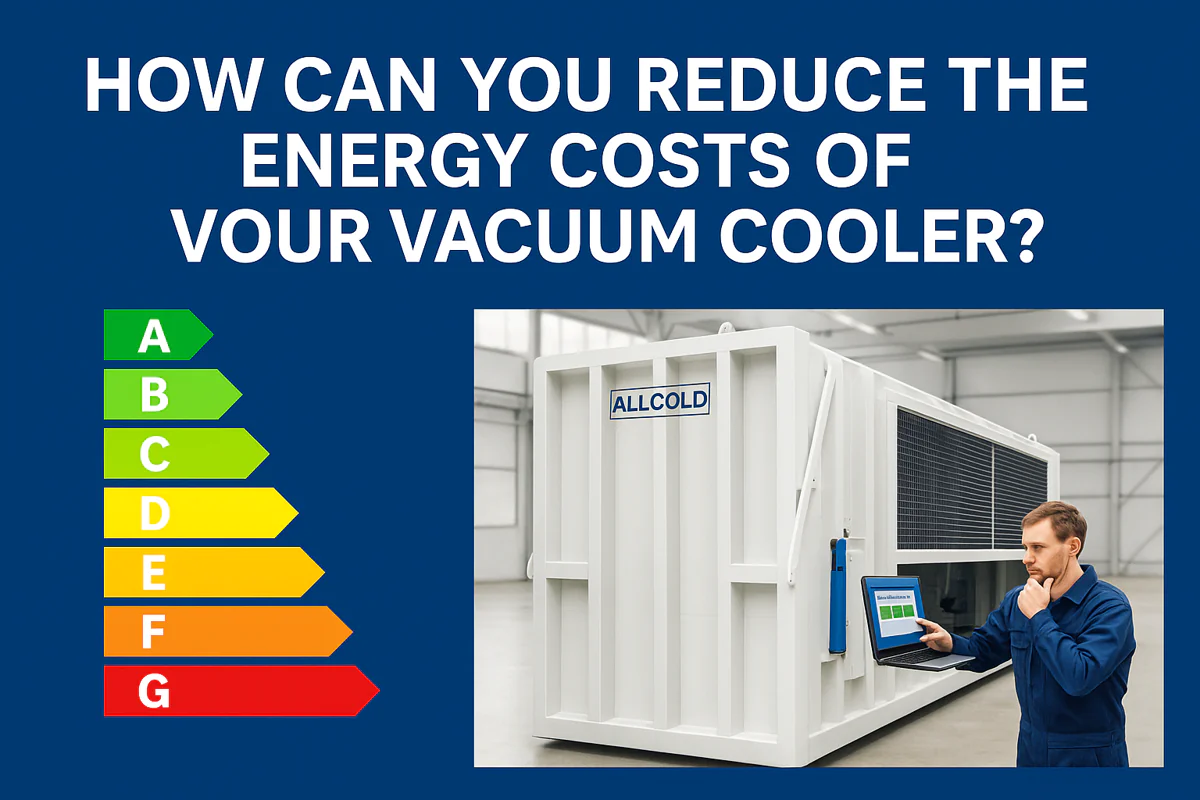
How Can You Reduce the Energy Costs of Your Vacuum Cooler?
Your vacuum cooler is a powerhouse of productivity, but your monthly electricity bill is climbing. You’re starting to wonder if
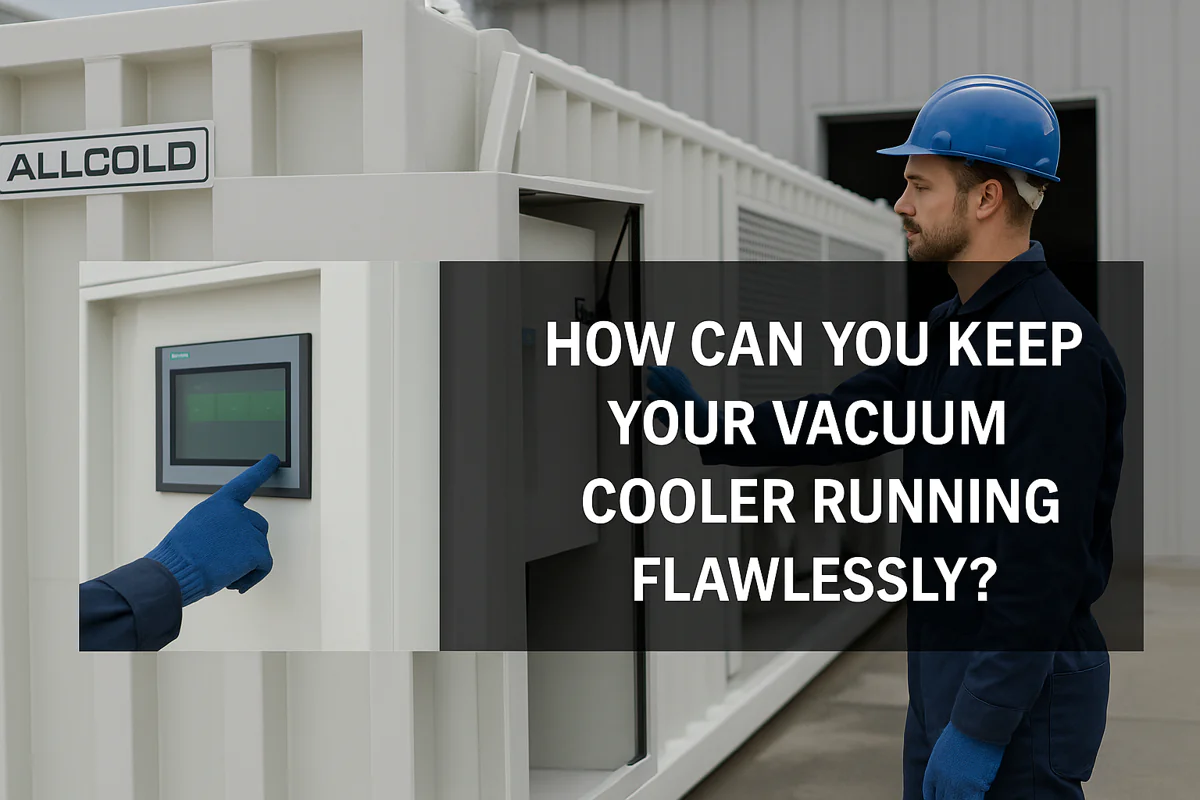
How Can You Keep Your Vacuum Cooler Running Flawlessly?
Your vacuum cooler is a vital asset, but you’re worried about unexpected breakdowns during peak season. Neglecting maintenance feels like
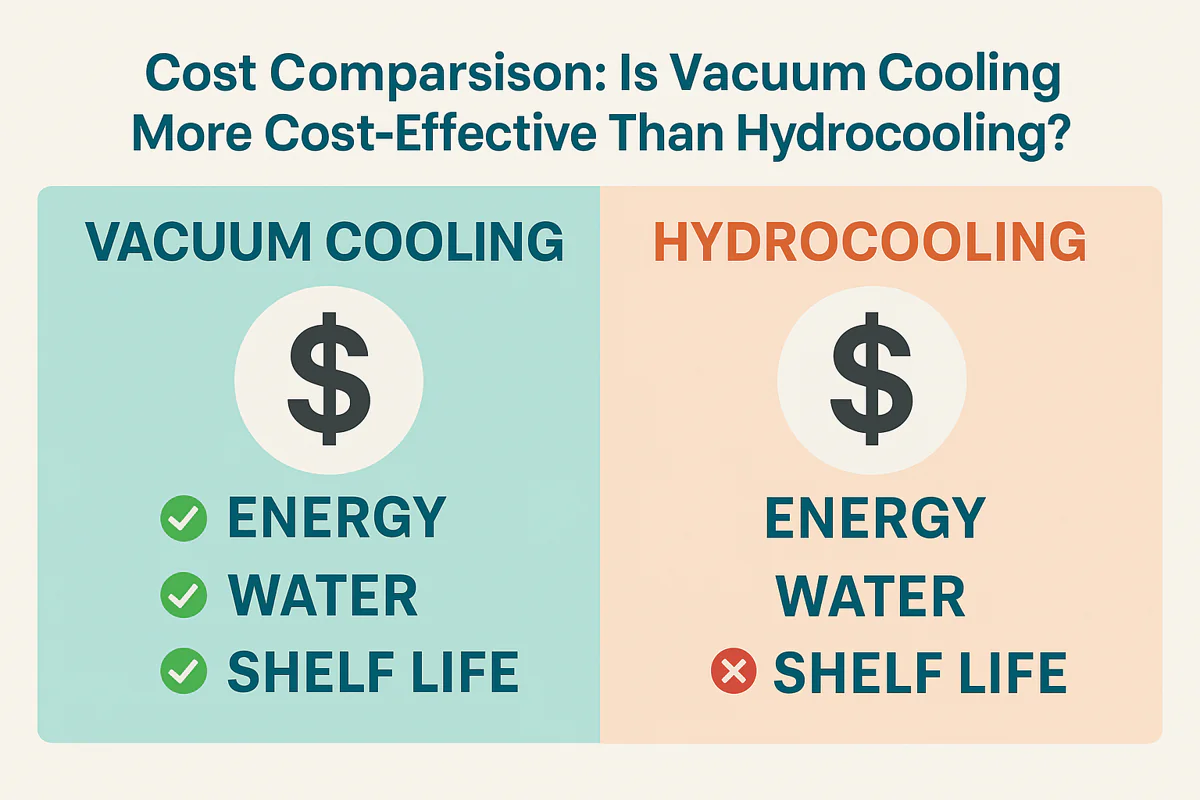
Cost Comparison: Is Vacuum Cooling More Cost-Effective Than Hydrocooling?
Choosing between cooling technologies feels like a high-stakes gamble. You need to lower your operational costs, but the wrong decision
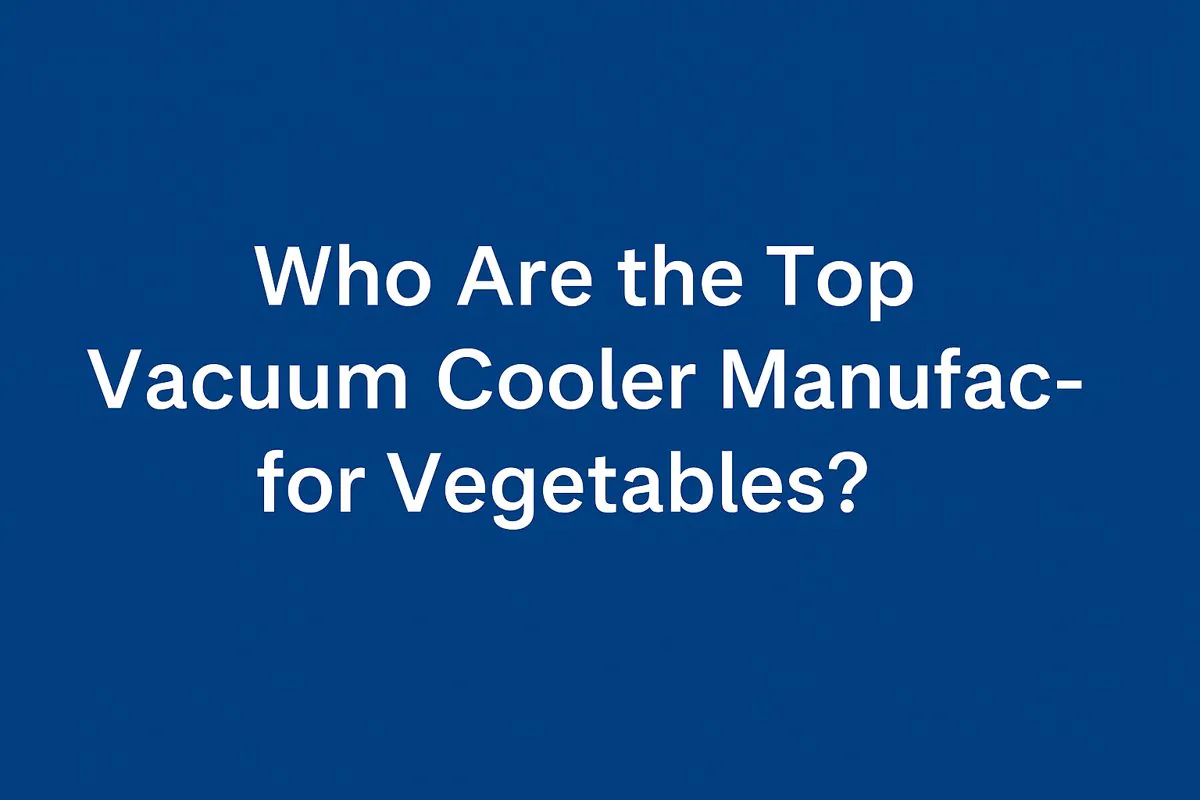
Who Are the Top Vacuum Cooler Manufacturers for Vegetables?
Searching for a list of top vacuum cooler brands can be overwhelming. You’re not just buying a machine; you’re investing
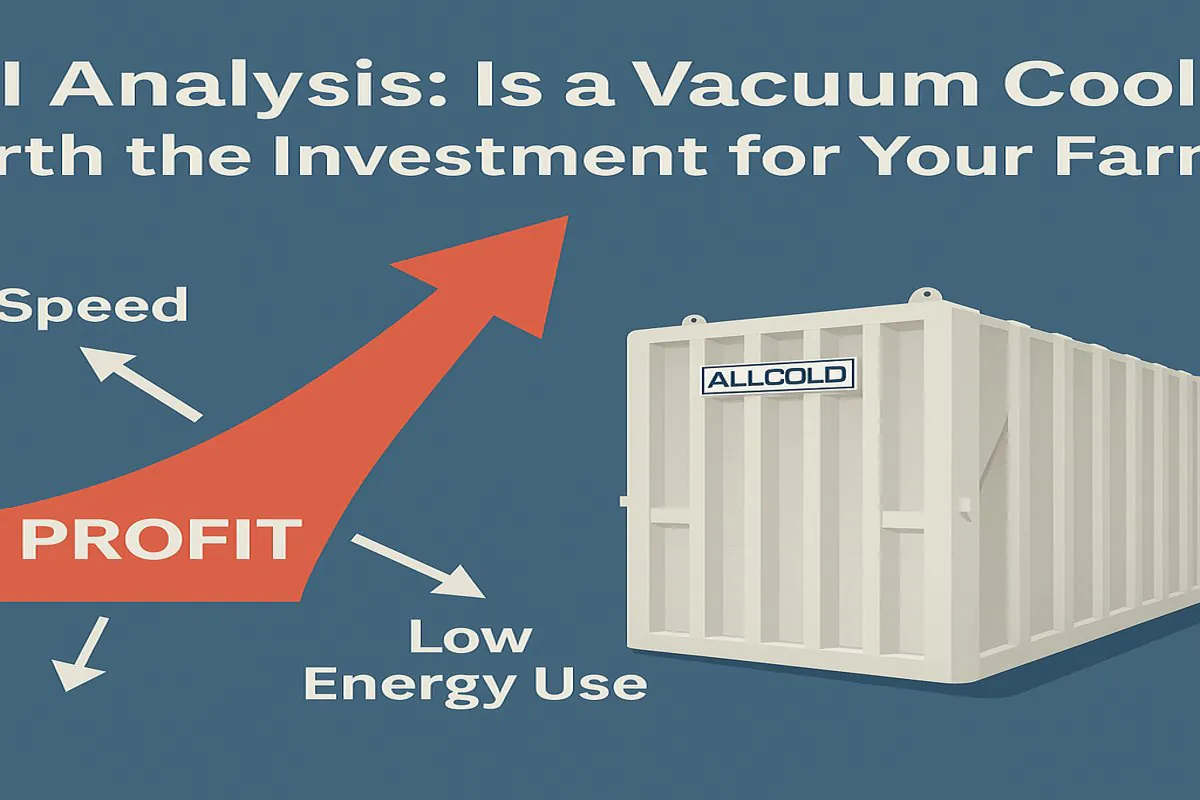
ROI Analysis: Is a Vacuum Cooler Worth the Investment for Your Farm?
You see the high upfront cost of a vacuum cooler and hesitate. But slow cooling methods and post-harvest losses are
